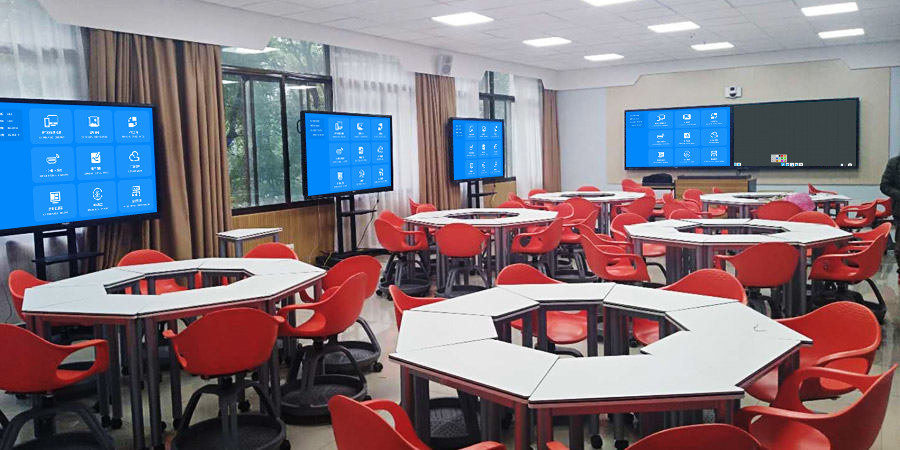Must-Read for Building Smart Classrooms: Comprehensive Analysis of Wireless Screen Mirroring Solutions for Interactive Classrooms
When planning and constructing a smart classroom, the wireless screen mirroring solution is a top priority. A poor choice may lead to equipment idleness and teacher resistance. Based on practical scenarios, this article comprehensively analyzes several mainstream wireless screen mirroring solutions for interactive classrooms, along with their pros and cons.
Solution 1: Professional Hardware Mirroring Adapter (Recommended for Core Classrooms)
- Working Principle: Receives signals through a hardware device plugged into the HDMI port of the interactive teaching display.
- Core Advantages:
- Ultra-fast and stable: Transmits via a dedicated network, unaffected by campus network traffic, with zero latency and no stuttering.
- Ultra-simple operation: Plug-and-play, supporting one-click phone screen mirroring with no learning curve.
- Secure management: Supports mirroring code authentication to prevent malicious casting, and teachers can manage devices uniformly.
- Suitable Scenarios: Regular teaching smart classrooms with high requirements for stability and ease of use.
Solution 2: Software-Based Mirroring Solution (Suitable for Budget-Limited Upgrades)
- Working Principle: Installs dedicated software on teachers’ computers and students’ devices to achieve screen mirroring via the local area network.
- Core Advantages:
- Low cost: No additional hardware investment required.
- Rich features: Often integrates multi-screen collaboration functions such as screen broadcasting, file distribution, and remote control.
- Potential Disadvantages:
- Network-dependent: Prone to latency and stuttering when the campus network is congested.
- Complex maintenance: Requires maintaining clients for different operating systems.
Solution Selection Decision Guide
- Pursue ultimate stability and experience: Prioritize the professional hardware mirroring adapter solution.
- Limited budget and strong IT maintenance capabilities: Evaluate high-quality software solutions.
- Key considerations: Ensure the solution’s compatibility (full-platform support) and the vendor’s continuous service capabilities.
Choosing a wireless screen mirroring solution for smart classrooms is a strategic investment. Clarify your needs and compare the pros and cons to build an efficient interactive classroom that both teachers and students love to use.
